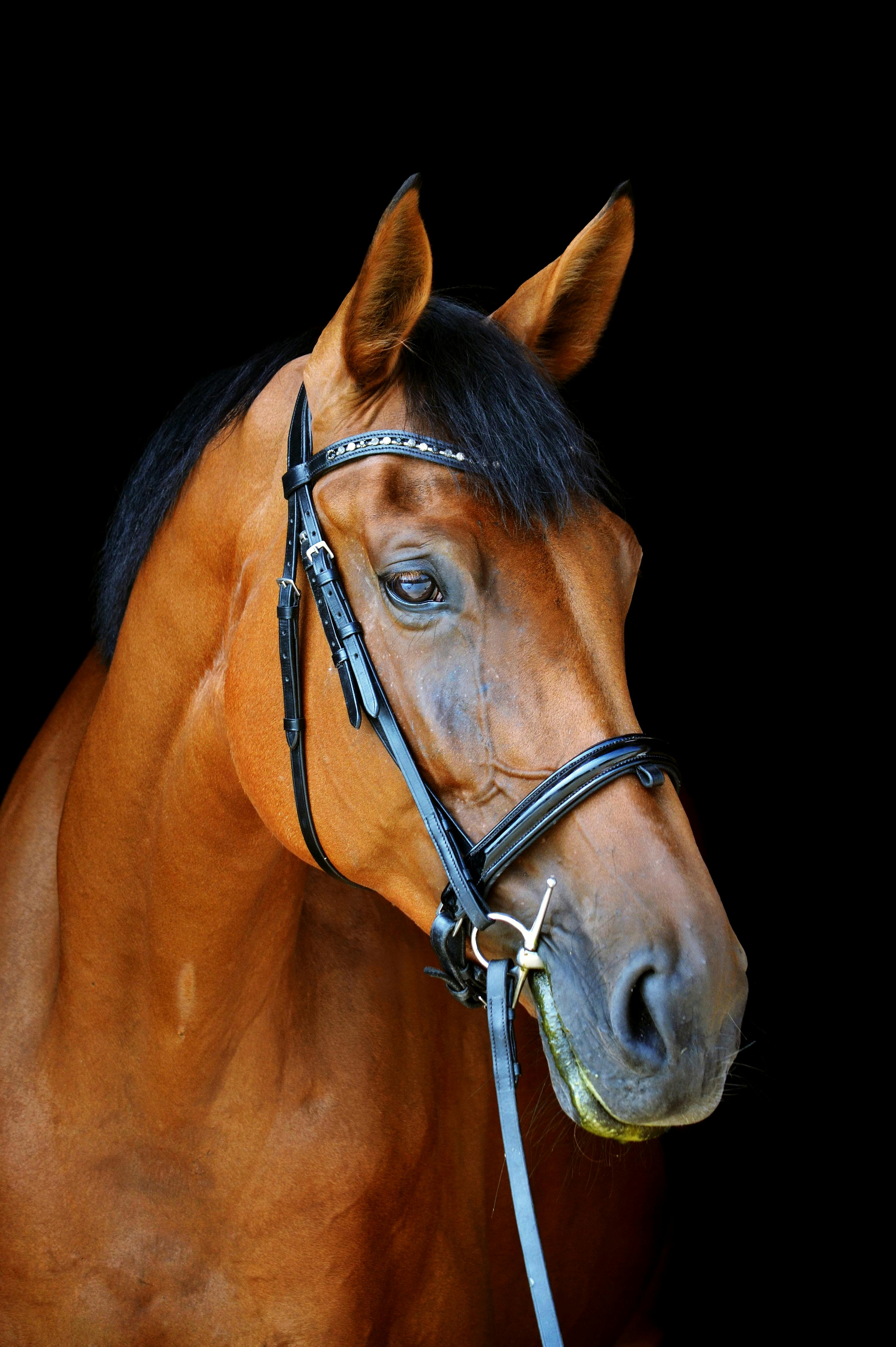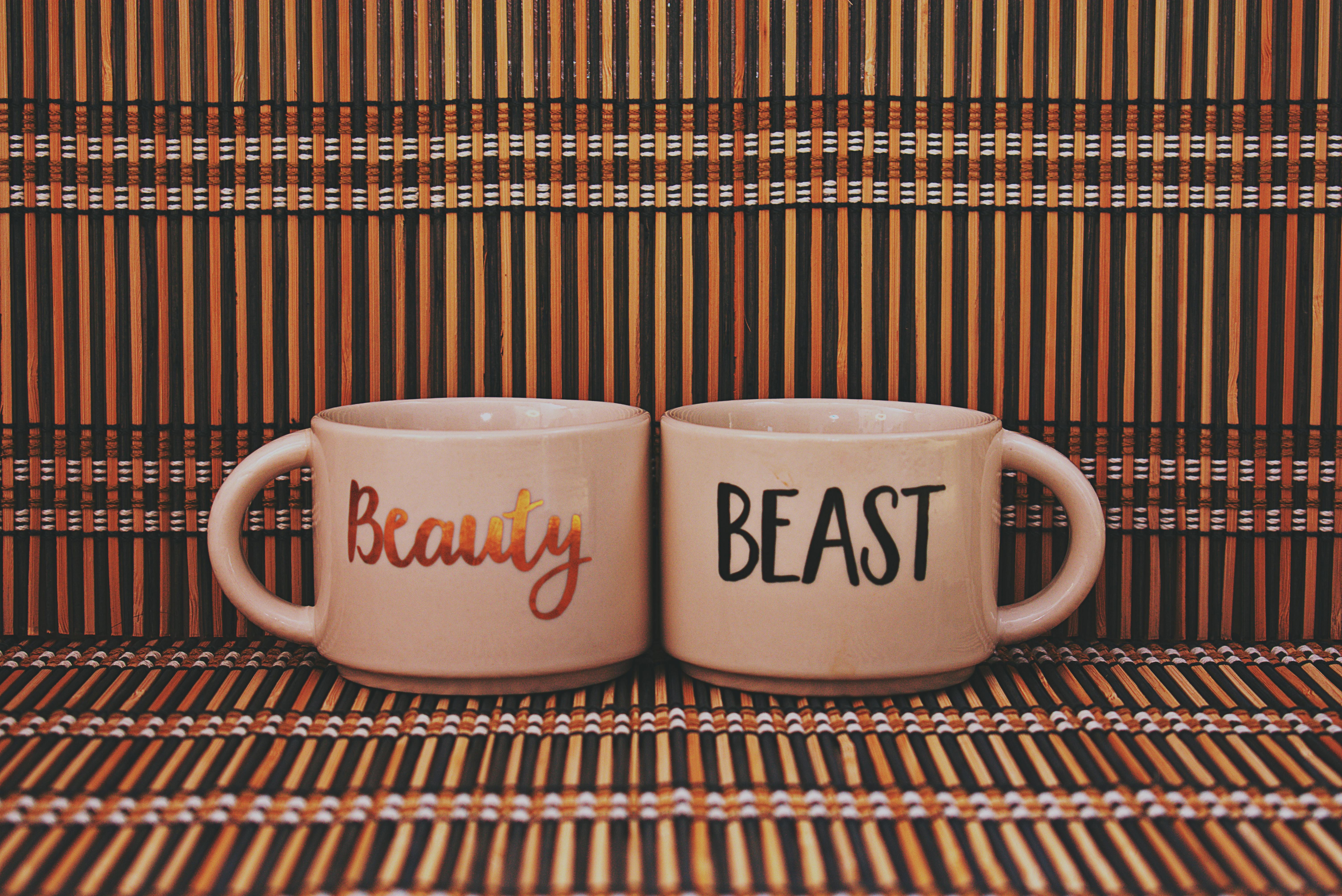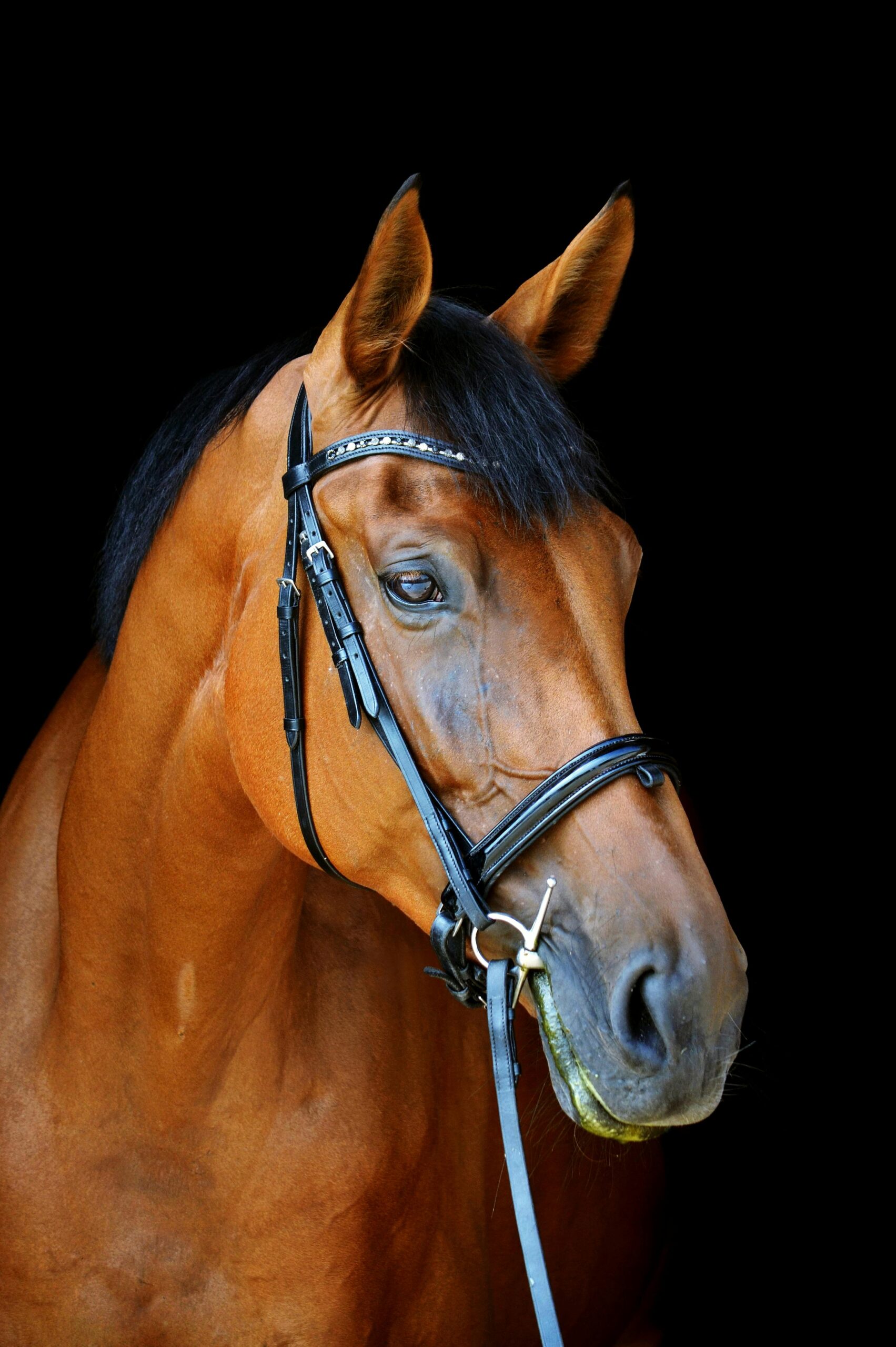Exploring Beauty and the Beast Monologues in Performance
Monologues from Beauty and the Beast have captivated audiences for decades. These iconic speeches offer performers a unique opportunity to explore emotional depth and rich character development. In this article, you’ll learn how to analyze, perform, and apply Beauty and the Beast monologues effectively, whether you’re a student, actor, or drama coach.

Understanding the Fundamentals
Beauty and the Beast monologues are more than just lines from a script—they are carefully crafted moments of transformation. These monologues serve as turning points in the characters’ journeys, revealing vulnerability, courage, and evolution.
Understanding the foundations of these scenes helps actors connect more genuinely with the characters. From Belle’s reflections to the Beast’s moments of raw emotion, every line is a window into a layered personality.
1.1 The Power of Character Monologues
Character monologues are speeches delivered by one character that express internal thoughts or pivotal realizations. In Beauty and the Beast monologues, Belle’s independence and the Beast’s redemption are central themes.
For example, Belle’s monologue about her love for books and desire for more than a “provincial life” reveals her dreams. This moment humanizes her and sets the tone for the entire story. These types of monologues teach us how dialogue shapes narrative.
1.2 Emotional Arc and Scene Development
Unlike dialogue scenes, monologues require sustained emotional delivery. What makes Beauty and the Beast monologues special is their progression—from defensiveness to acceptance, or fear to love.
The Beast’s desperate confession of love just before releasing Belle is a prime example. It’s a speech filled with restraint, longing, and sacrifice. These speeches can help actors master the art of layered delivery.
Practical Implementation Guide
Once you understand the structure of a Beauty and the Beast monologue, it’s time to bring it to life. Whether you’re preparing for a school play or a professional audition, applying these fundamentals strategically will elevate your performance.

2.1 Actionable Steps
- Step 1: Analyze the Text – Read the monologue multiple times. Highlight emotional beats and shifts in tone. Ask, “What does the character want at this moment?”
- Step 2: Gather Resources – Use rehearsal tools like mirrors, recording devices, and feedback from peers to evaluate your performance.
- Step 3: Rehearse Consistently – Set a rehearsal timeline with weekly goals. Practice vocal variation, blocking, and pacing to make your monologue dynamic.
2.2 Overcoming Challenges
Here are common hurdles actors face when performing Beauty and the Beast monologues and how to navigate them:
- Flat Delivery – Infuse energy by identifying emotional stakes.
- Memorization Struggles – Break the monologue into chunks and associate each with a visual cue.
- Overacting – Let emotions come naturally through intent rather than exaggerated gestures.
- Character Disconnect – Research the character’s backstory and prior scenes for context.
- Voice Fatigue – Warm up properly and maintain vocal health to avoid strain.
Professional coaches often suggest recording yourself and adjusting your performance based on playback. This helps fine-tune delivery and ensures you’re staying true to the character.
Advanced Applications
Once you’ve mastered the basics of performing Beauty and the Beast monologues, you can begin exploring more nuanced applications. These techniques are ideal for seasoned actors looking to refine their craft or teachers seeking to challenge advanced students.

3.1 Subtextual Interpretation
Subtext involves reading between the lines. For example, when Belle says, “I want adventure in the great wide somewhere,” she’s not just talking about travel—she’s yearning for autonomy. Performing this line with a deeper emotional undercurrent transforms a good performance into a great one.
Actors can improve subtext interpretation by journaling from the character’s point of view. Case studies show that actors who integrate subtext are rated higher in performance evaluations.
3.2 Integrating Physicality
Use gestures, facial expressions, and posture to enhance the delivery of Beauty and the Beast monologues. These physical cues can emphasize emotions and clarify intentions.
Ensure your physical choices align with the monologue’s emotional arc. Compatibility with costume and staging should also be considered in live productions or auditions.
Future Outlook
Monologues, especially from beloved classics like Beauty and the Beast, will continue to evolve in performance styles. As virtual theater and filmed auditions become more common, the way these monologues are delivered is shifting.
Future trends include hybrid performances, AI-enhanced feedback systems, and increased demand for emotionally intelligent storytelling. Actors who adapt to these trends will find greater success in modern casting environments.
Conclusion
Here are the top three takeaways:
- Beauty and the Beast monologues are powerful storytelling tools packed with emotional complexity.
- Applying proper analysis and delivery techniques unlocks their full potential.
- Advanced methods like subtext and physicality can elevate your performance.
To take your performance to the next level, choose a Beauty and the Beast monologue and begin your rehearsal journey today. Whether you’re an actor or educator, this timeless material offers something valuable for everyone.
Frequently Asked Questions
- Q: What is a Beauty and the Beast monologue? A: It’s a solo speech delivered by a character from the story, expressing deep thoughts or emotions, often used for auditions or performance training.
- Q: How do I get started with a monologue from Beauty and the Beast? A: Choose a character, read their story context, and start analyzing their emotional arc before rehearsing aloud.
- Q: How long does it take to master a monologue? A: Depending on your experience, it may take 1–3 weeks with daily practice and feedback loops.
- Q: Are Beauty and the Beast monologues expensive to license? A: Many are freely available for educational purposes, but official performances may require permissions from Disney or licensed agencies.
- Q: How do these monologues compare to others? A: They offer rich emotional layers, making them ideal for both beginners and advanced performers compared to generic monologues.
- Q: Are these monologues difficult to perform? A: They require emotional depth but are accessible with consistent practice and interpretation strategies.
- Q: Can I use these monologues in a school production? A: Yes, many educators use Beauty and the Beast monologues to teach storytelling, expression, and character development in classrooms and workshops.
